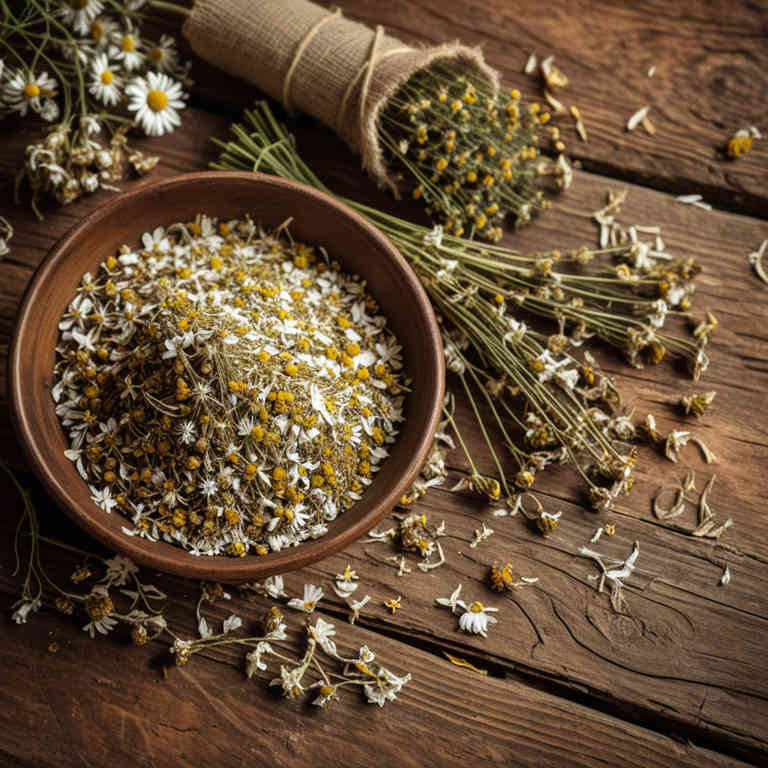Chamomilla recutita mucillage for medicinal use

Chamomilla recutita mucillage is a preparation derived from the mucilage found in the flowers of the German chamomile plant.
It is obtained by extracting the sticky, gel-like substance from the plant material through a process involving water and heat. This preparation is valued for its soothing and anti-inflammatory properties. In herbalism, it is used to support digestive health, alleviate symptoms of colic, and promote calmness.
It is often incorporated into formulations for its mild, calming effects on the body.
Uses
Chamomilla recutita mucillage has been used to treat inflammation and digestive issues for centuries.
Historically, it was valued in traditional medicine for its soothing properties, often applied to skin irritations and used as a calming remedy. In traditional herbal practices, it was also used to ease menstrual discomfort and promote sleep. Modern applications include its use in topical formulations for skin conditions and as a component in digestive supplements.
Today, scientific research supports its anti-inflammatory and mild sedative effects, reinforcing its continued relevance in both traditional and contemporary herbal medicine.
Benefits
Chamomilla recutita mucillage has health benefits such as soothing inflammation, aiding digestion, and promoting relaxation.
It is known for its anti-inflammatory and antispasmodic properties, which can help alleviate symptoms of gastrointestinal disorders. The mucilage content provides a protective layer for the digestive tract, reducing irritation and promoting healing. It is also used in traditional medicine to relieve stress and improve sleep quality.
This herbal preparation is valued for its gentle yet effective therapeutic properties.
Constituents
Chamomilla recutita mucillage active constituents include flavonoids, essential oils, and mucilage.
These components contribute to the preparation's anti-inflammatory, antispasmodic, and soothing properties. Flavonoids help reduce inflammation and support immune function, while essential oils provide calming effects. The mucilage acts as a demulcent, coating and protecting mucous membranes.
This herbal preparation is commonly used for digestive discomfort, skin irritations, and respiratory conditions.
Preparation
To make Chamomilla recutita mucillage, start by collecting fresh or dried chamomile flowers.
Next, grind the flowers into a fine powder using a mortar and pestle or a spice grinder. Place the powdered flowers in a clean glass jar and add a small amount of water, just enough to cover the flowers. Let the mixture steep for 24 hours to allow the mucilage to form.
Finally, strain the liquid through a fine mesh or cheesecloth to separate the mucilage from the plant residue, and store the mucilage in a cool, dark place.
Side Effects
Chamomilla recutita mucillage may lead to gastrointestinal discomfort, including nausea, vomiting, and diarrhea, especially when consumed in high doses.
It can also cause allergic reactions in individuals sensitive to plants in the Asteraceae family, such as ragweed. Prolonged use may result in liver toxicity, although this is rare. The mucilage can act as a mild laxative, which may interfere with certain medications or conditions requiring constipation management.
It is important to consult a healthcare professional before using this preparation, particularly for pregnant or breastfeeding women and those with existing medical conditions.